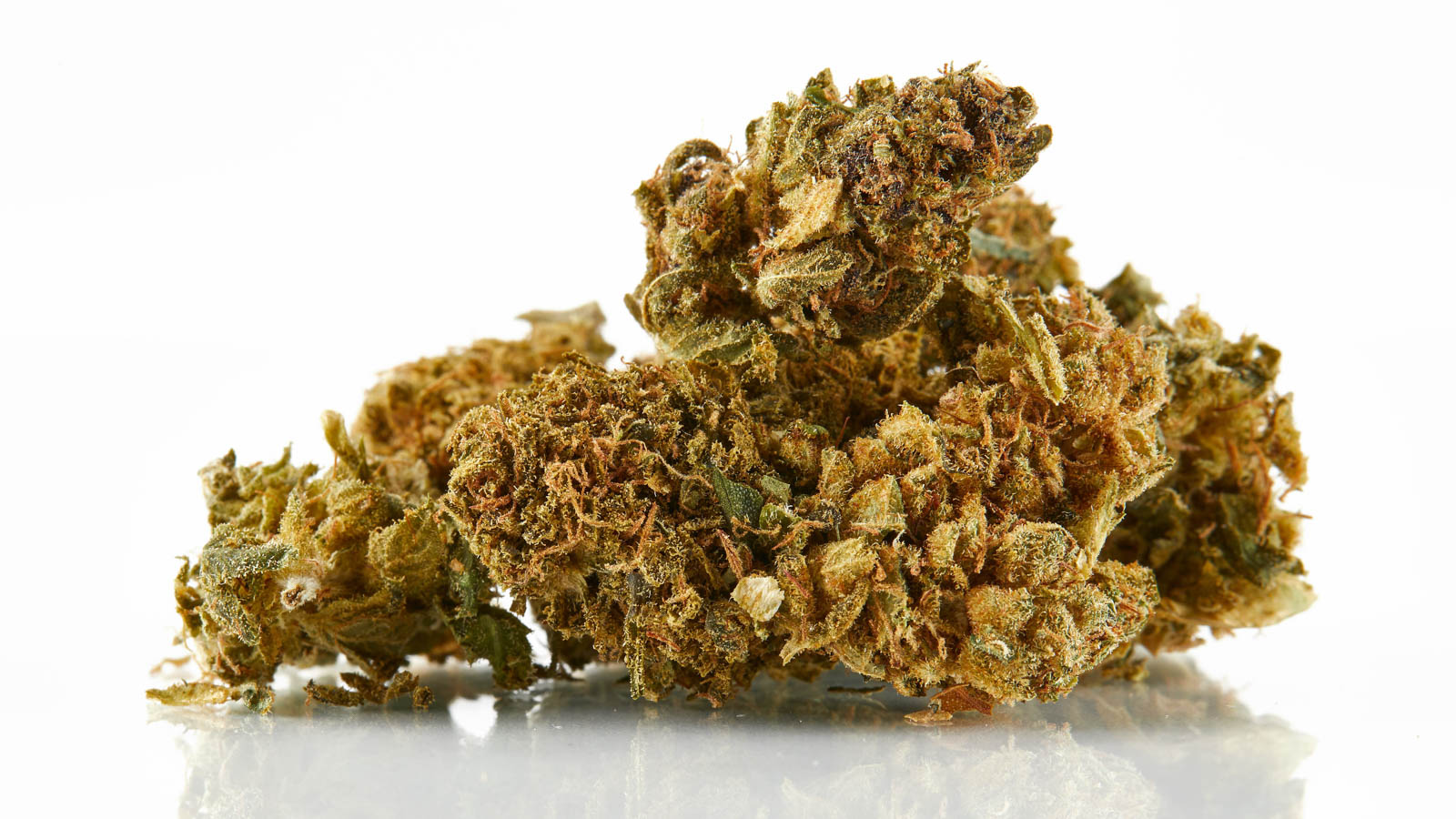Like any vegetative matter, cannabis is susceptible to oxidation from exposure to light and heat. It's important to know how to store your cannabis properly, and while there are no current storage standards adopted across the industry, there are professional practices that are still evolving. Learn how you can care for your cannabis products and keep your bud fresh for as long as possible.
How does long-term storage affect cannabis?
Researchers at the Swedish National Forensic Centre (NFC) mapped the chemical and physical behaviors of cannabis resin over a 48-month period to better understand the effects of long-term storage on cannabis. Over a four-year period, samples of cannabis resin exposed to air and stored at room temperature lost their THC levels between 64% and 74%. They concluded that exposure to air and, indirectly, temperature were the most significant variables.
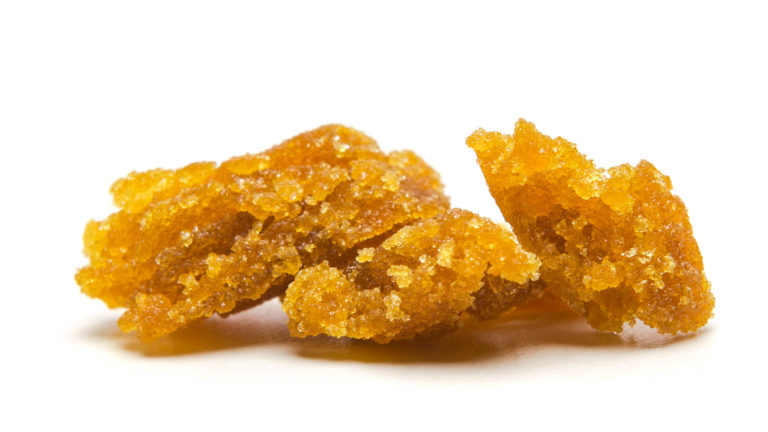 Photo by: Gina Coleman/Weedmaps
Photo by: Gina Coleman/WeedmapsImage lightbox

Consumers and producers are keen to understand how different variables — such as exposure to various amounts of light and heat — interact, particularly during long-term storage. Key molecules can rearrange over time, changing the physical composition and, in turn, the quality and potency of your weed.
“The industry is still immature, so professionals are currently developing industry standards, including best practices for storage,” said David Pratt, a veteran Canada-based cannabis consultant and grower experienced in high-tech greenhouse production. “In regards to the production and cultivation process, that is why it's critical to invest in a system that will help maintain consistent conditions, controlling key environmental variables.”
Storing concentrates vs flower
Not all weed is alike, and neither are the ideal storage conditions. Concentrates are often stripped of living plant matter, which can make them less susceptible to certain concerns such as mold. However, contamination and a resulting reduction in quality and potency can occur when concentrates are exposed to air and humidity.
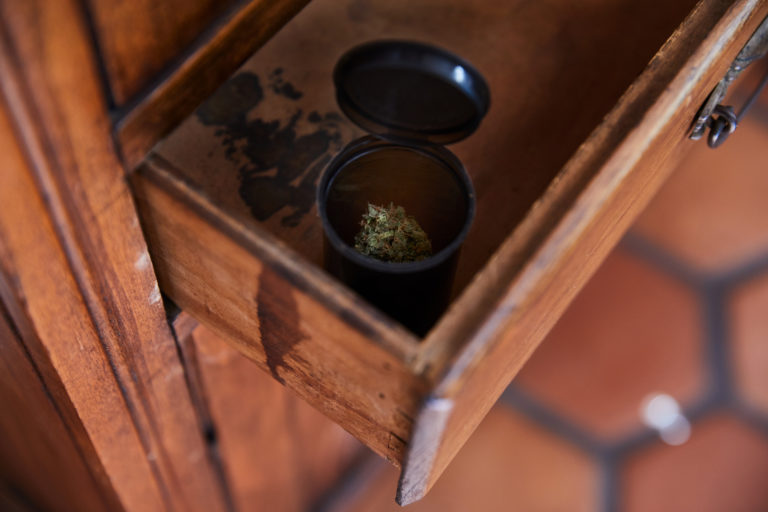 Photo by: Gina Coleman/Weedmaps
Photo by: Gina Coleman/WeedmapsImage lightbox

“When it comes to dried bud, moisture content is one of the main concerns, yet there is often greater control over air mass. In contrast, when dealing with concentrates, because of their density, they often need to be stored at cooler temperatures. This is based on a greater lack of control over breathability, making them more susceptible to condensation and, in turn, mold,” said Pratt.
In total, there are about 200 terpenes found in cannabis, which are degraded by factors such as light, air, heat, and humidity. As concentrates experience terpene and cannabinoid degradation, the product's potency, flavor, shelf-life, and overall quality are reduced. The potency of cannabinoids, namely THC and CBD, often depends on the extraction processes used, which are as varied as the concentrates themselves.
How long do concentrates last?
Although there are currently no set standards for storing cannabis to preserve its quality, key environmental factors must be considered. The optimal storage container may also depend on the consistency of the concentrate. However, ideal storage conditions do not extensively differ from one concentrate product to the next.
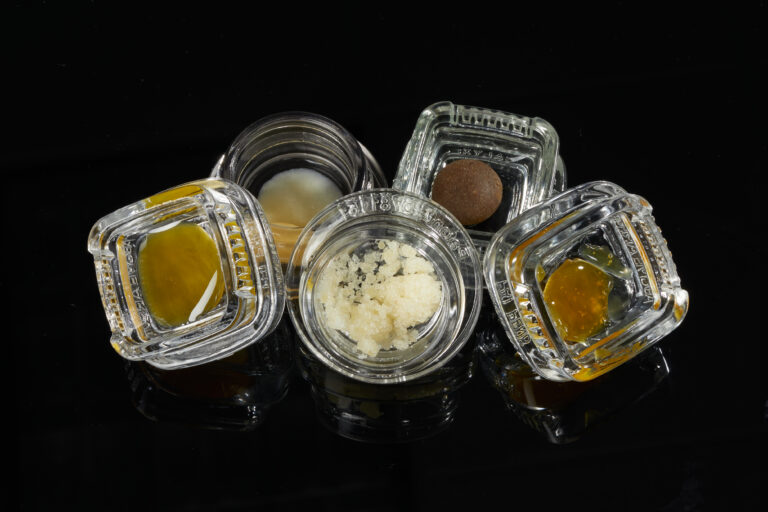 Photo by: Gina Coleman/Weedmaps
Photo by: Gina Coleman/WeedmapsImage lightbox

Pratt continued, “The cannabis industry can learn a lot from the produce industry. In terms of concentrates, a lot of resources go into the final product, so understanding ideal storage conditions is critical. Climate control in relation to humidity and temperature are vital for maintaining the shelf-life and quality of the final product.”
When kept in a controlled environment, typically one that is cool, dark, and dry, some concentrates can last for years without undergoing any significant changes. For example, when extracts do break down, often based on exposure to oxygen, THCA often degrades to CBN. In addition, shatters that contain higher terpene profiles may also turn somewhat “sugary” as the molecular structure changes — which, again, is a direct result of terpene degradation.
Monitoring effects of air, light, and temperature
In the Swedish FNC study, published in August 2019 in the Elsevier journal Forensic Science International, researchers first identified and then monitored three major and 16 minor secondary metabolites to better understand how light, air, and temperature affect cannabis resin.
Unlike primary metabolites, which are essential for the basic survival of a plant, secondary metabolites are not required for development, growth, or reproduction. However, secondary metabolites do contribute to the adaptation of plants to their environment.
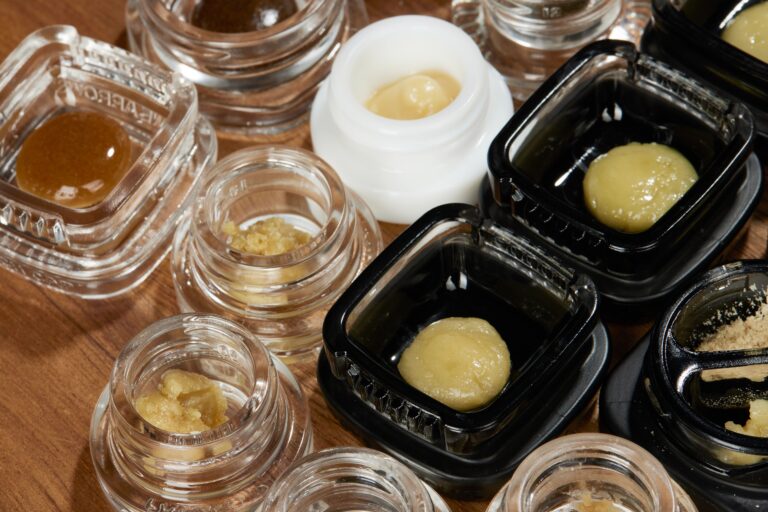 Photo by: Gina Coleman/Weedmaps
Photo by: Gina Coleman/WeedmapsImage lightbox

These metabolites were identified as marker substances for cannabis resin profiling using a technique known as gas chromatography–flame ionization detector (GC-FID). This method allowed researchers to separate and identify key sample compounds as they mapped chemical and physical changes across a four-year period.
The study conducted at the NFC found that the method of storage strongly affects cannabis resin composition and quality over time. Following the 48-month period, samples stored in plastic bags in a dark freezer, set at -20°C or -4°F, were unchanged. The recommended storage temperatures for short-term storage are 64 - 68°F (18 - 20°C), compared to -4°F (-20°C) when stored long-term.
Written by Lesley Nickus | Featured image by Gina Coleman/Weedmaps


